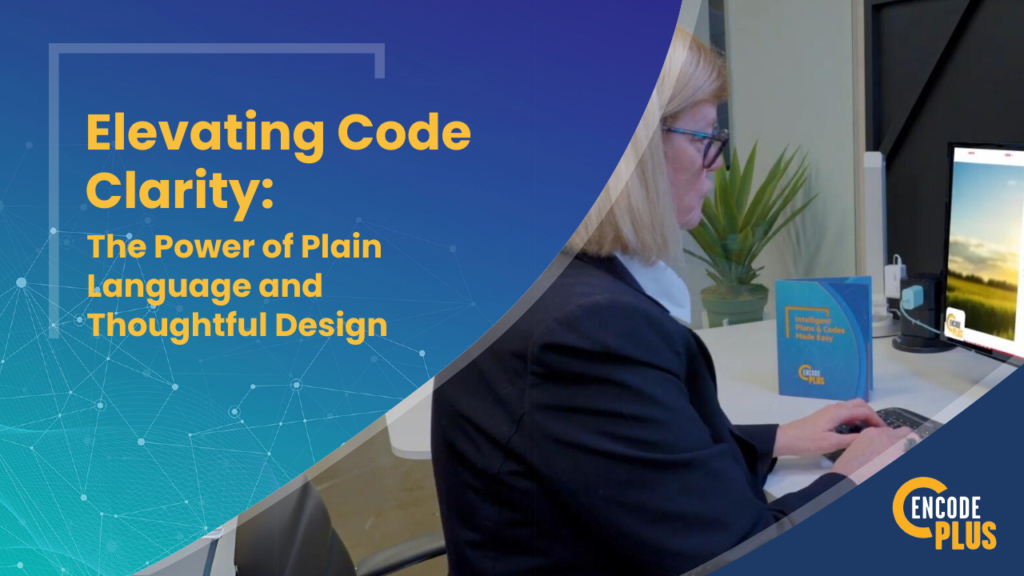

Elevating Code Clarity: The Power of Plain Language and Thoughtful Design – Part 1
- Home
- >
- Code Drafting
- >
- Elevating Code Clarity: The Power of Plain Language and Thoughtful Design – Part 1
- @
- |
- code management

Imagine trying to decipher a complex legal document filled with convoluted sentences and unfamiliar jargon. Frustrating, isn’t it? This is the reality many citizens face when attempting to understand the ordinances that govern their communities. But it doesn’t have to be this way.
Municipalities today are committed to fostering community engagement and ensuring compliance with local laws. A crucial aspect of this mission is presenting ordinances and codes in language and design that’s clear, concise, and accessible to everyone. After all, how can residents be expected to follow rules they can’t comprehend?
The Importance of Plain Language and Simple Design
Ordinances form the backbone of local governance, impacting every aspect of community life – from zoning regulations to noise ordinances. However, their effectiveness can be undermined when they’re buried in complex legal jargon and cluttered design. By using plain language and simple, intuitive layouts, ordinances become more understandable, allowing citizens from all walks of life to grasp the rules and regulations that affect them.
It’s not just about comprehension; it’s about fostering trust and participation. When residents feel included and empowered by understanding the laws that shape their communities, they’re more likely to get involved and have a say in local decision-making.
The Challenges of Clarity
Creating ordinances that balance legal precision with readability and usability is no easy feat. Legal professionals are trained to use specific terminology to ensure accuracy, but this can often result in documents that are virtually indecipherable to the average person. Additionally, traditional code formatting can be dense and challenging to navigate.
Imagine trying to sift through a 200-page municipal code filled with tiny text, complex tables, and a lack of visual hierarchy. It’s enough to make even the most civic-minded citizen throw up their hands in frustration.
That’s where enCodePlus comes in.
The enCodePlus Solution
enCodePlus offers comprehensive codification services designed to streamline and simplify the codification process. By combining the expertise of legal professionals with advanced technology, enCodePlus transforms complex legal documents into clear, user-friendly codes that are easy to navigate and understand.
But we don’t stop there. Our consulting services provide personalized support to clerks, helping municipalities tailor their codes to meet the specific needs of their communities. From drafting ordinances in plain language to ensuring consistency across various documents and implementing simple, intuitive design and customized illustration, we’re here to make your life easier.
Want to see it in action? Check out some codes published by real clients:
Getting Started
Ready to take the next step? Schedule a demo today to see our tools and services in action. Imagine a world where ordinances are not only legally sound but also easily understood by all members of your community. That’s the power of enCodePlus.
Check out these additional resources:
- Code Management: YouTube Video
- Codes & Ordinances
- Graphics & Illustration
Let’s bring clarity to your community’s codes and foster a more engaged, informed, and empowered citizenship.
This is Part 1 in a series of blogs about Managing Your Code with enCodePlus.
Need a quote or more info?
About enCodePlus – Intelligent Planning, Zoning and Codification Software
enCodePlus is a unique, web-based technology platform delivering a full suite of planning, zoning and municipal code tools and features, together with full or hybrid code management services. Created by the planning experts at Kendig Keast Collaborative, the platform serves planners and zoning administrators, clerks, attorneys, managers, economic developers, and consultant partners. The cutting-edge software streamlines the rejuvenation of the format and usefulness of plans, studies, codes and ordinances, design guidelines, standards and specifications and the processes to create and publish them.